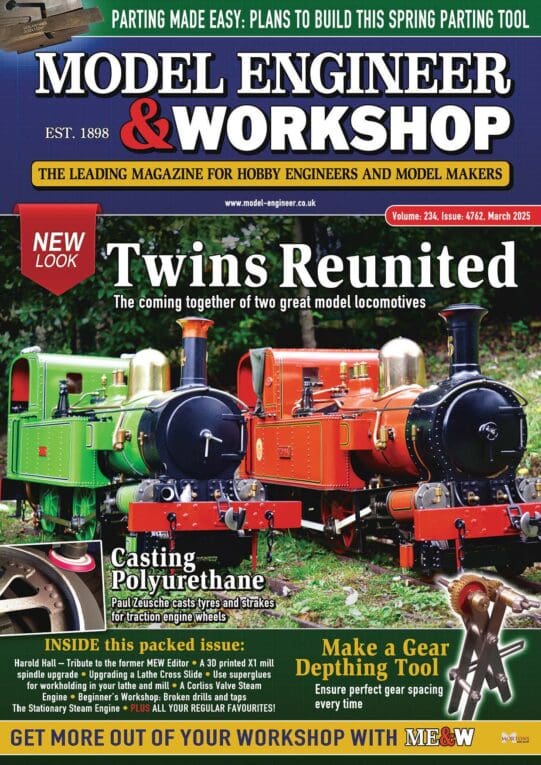Again, Welcome to the Forum.
The threads are widely varying, but always interesting. VERY addictive.
The 2 MT Mandrel of the 7 Series was restrictive, and when I retired, ended up with an Engineers Tool Room BL12 – 24. This is a look alike of the Warco BH600 (which was available in Imperial or Metric form) or the Chester Craftsman, (which I think is still available, but only in Metric form) The Norton box is a useful feature, and I like having a power feed shaft, separate from the leadscrew.
There was a BH900 listed, which was a long bed version.
The BL 12-24, and the others have a 5MT mandrel bore (and come with a 5 – 3MT adaptor, As the identification suggests, it swings 12", (18 in the removable gap) and is 24" centres. The Leadscrews are metric, but it is dual dialled. Mostly I work in Imperial, and this is not a problem for me. It is fairly heavy machine, and pretty rigid.
I have had minor problems with it (some of my own making) but overall, it is satisfactory, and although not a Tool Room lathe as such, can produce pretty good accuracy, (better than it's operator).
The standard set up gives 12 speeds, but I opted for a dealer fitted VFD, which reduces this to 6, ( only one Primary belt position, 3 secondary) but with variable speeds so have had no problems. It spends most of it time in middle gear with the VFD for changing speeds.
Far Eastern lathes are now moving on to geared heads rather than belt driven
Later Myfords have a larger mandrel bore, but can be pricey.
There are a variety of lathes out there, each with their own supporters, and advantages and disadvantages.
The choice is determined by what is available, within your budget (leave a lot of slack for extra tooling and widgets) and what use you intend for it. My advice is to buy a little bigger than you think that you need. Your horizons will expand, and you can do small work in a big lathe, but not the other way round!
HTH
Howard
Howard Lewis.




